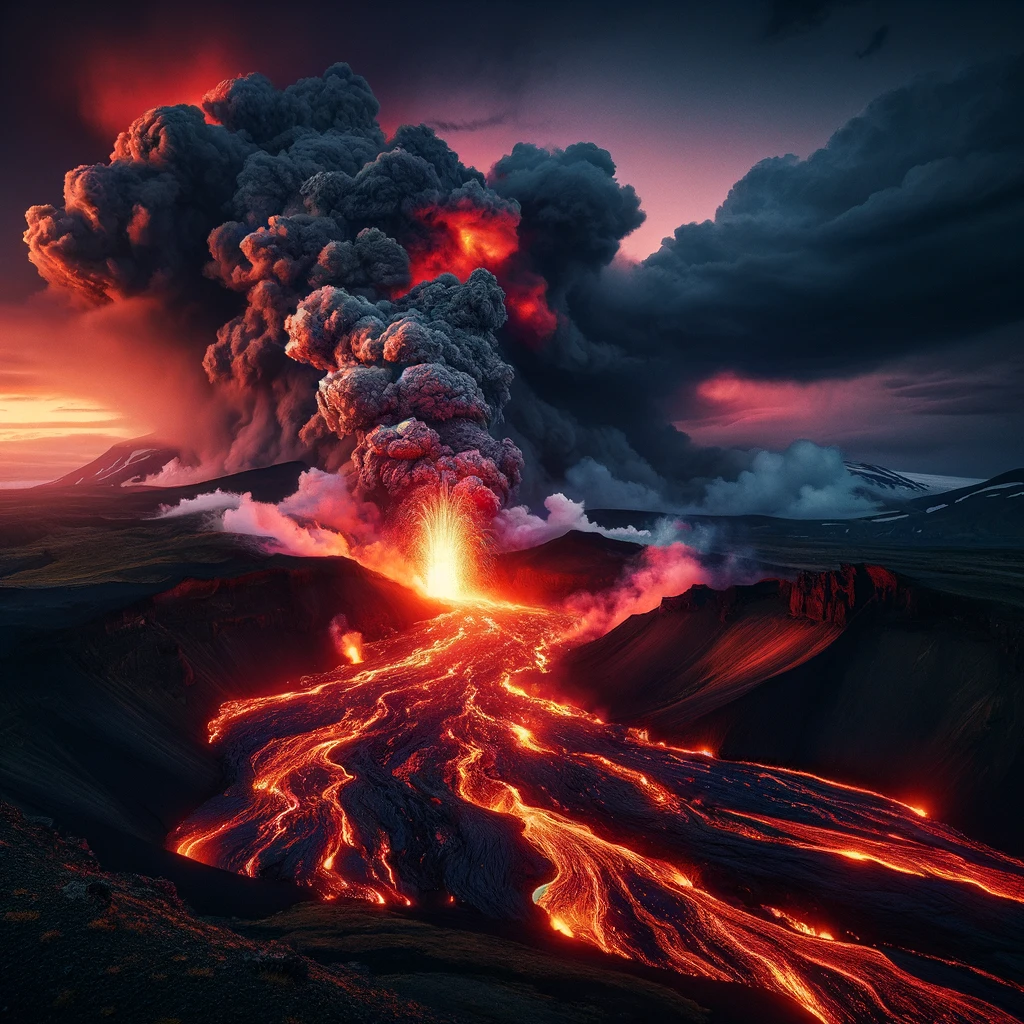In the spring of 2021, the Fagradalsfjall volcano in Iceland’s Reykjanes Peninsula erupted for the first time in nearly 800 years, marking a momentous event in the country’s volcanic history. This eruption was not only a spectacle of nature’s raw power but also a turning point that brought about significant scientific, environmental, and social impacts. The event captured the attention of both locals and the global community, providing invaluable insights into volcanic behavior and its effects on the surrounding landscapes.
The Prelude to the Eruption
The signs of an impending eruption began in late 2020, when a swarm of earthquakes, numbering in the tens of thousands, shook the Reykjanes Peninsula. These seismic activities were accompanied by ground deformation, indicating magma movement beneath the surface. The Icelandic Meteorological Office, along with volcanologists worldwide, closely monitored these signs, predicting that an eruption was imminent. Their predictions came to fruition on March 19, 2021, when lava finally broke through the earth’s crust, signaling the beginning of Fagradalsfjall’s eruption.
Scientific Significance
The 2021 eruption of Fagradalsfjall provided a rare opportunity for scientists to study the dynamics of volcanic eruptions in real-time. Unlike explosive eruptions that can have devastating effects, Fagradalsfjall’s event was characterized by the effusive flow of lava, allowing researchers safe proximity to monitor and collect data. The eruption offered insights into the migration of magma, the formation of new crust, and the overall behavior of volcanic systems situated on divergent tectonic plate boundaries. This data is crucial for improving volcanic hazard assessments and preparedness strategies, not just for Iceland but for volcanic regions around the world.
Environmental Impacts
The lava flows from Fagradalsfjall’s eruption covered several square kilometers of the peninsula, transforming the landscape. While the immediate area around the eruption site was uninhabited, the new lava fields, named Fagradalshraun, became a subject of study for their impact on local ecosystems. Initial destruction of vegetation was evident, but the eruption also set the stage for new life. Volcanic soils are often rich in nutrients, and over time, they can foster the growth of robust ecosystems. The long-term ecological impacts of the eruption will be closely studied in the coming years.
A Boost to Tourism and Education
Despite the challenges posed by the global pandemic, the eruption of Fagradalsfjall became a significant attraction, drawing locals and tourists alike to witness the spectacle of nature’s force. The event provided a unique educational experience, allowing people to learn about geology, volcanology, and the natural history of Iceland firsthand. Tourism associated with the eruption brought a welcome economic boost to the region, demonstrating the potential benefits of geotourism.
The Future of Fagradalsfjall
The 2021 eruption of Fagradalsfjall may be the first in a series of volcanic events on the Reykjanes Peninsula, as the area enters a new phase of volcanic activity. Scientists continue to monitor the region for signs of future eruptions, which could provide further opportunities for research and education. The event has underscored the importance of understanding and respecting the powerful natural forces that shape our world, reminding us of the dynamic planet we inhabit.

As Fagradalsfjall returns to dormancy, the legacy of its 2021 eruption remains—a testament to the awe-inspiring beauty and power of Earth’s volcanic processes, and a reminder of the ever-present need for vigilance and preparedness in the face of natural disasters.
